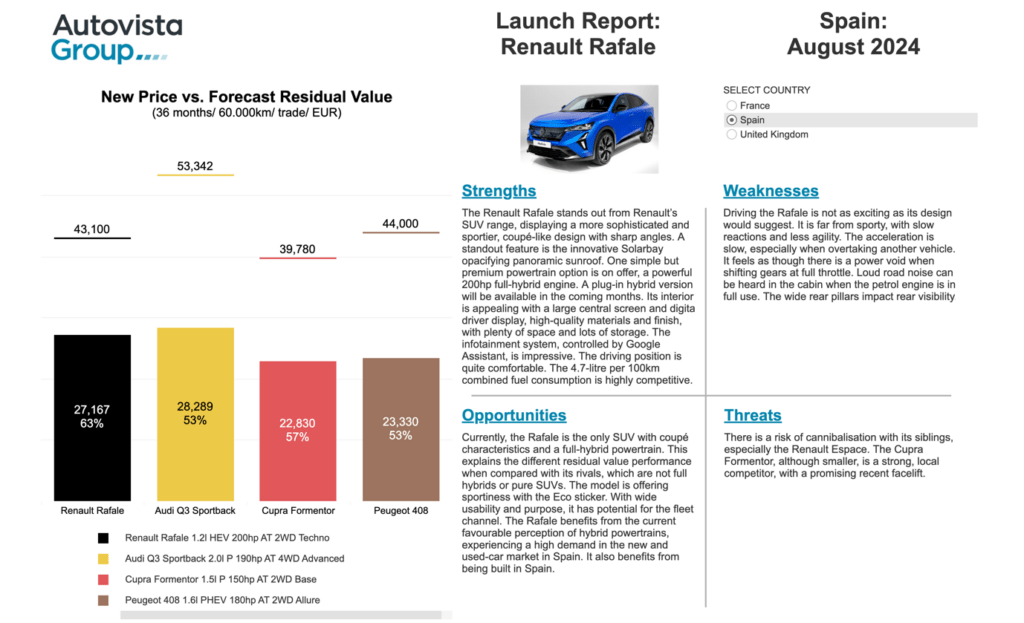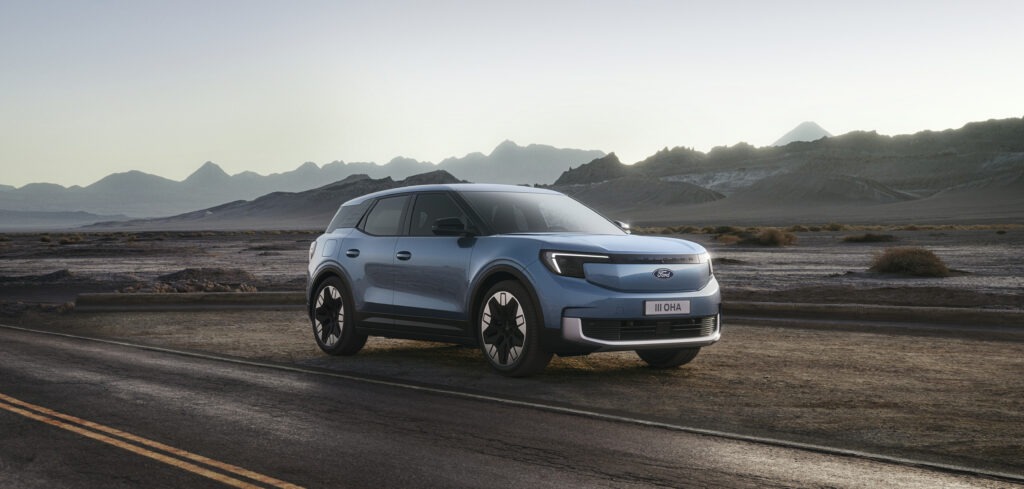Launch Report: Renault Rafale sweeps onto the market
22 August 2024
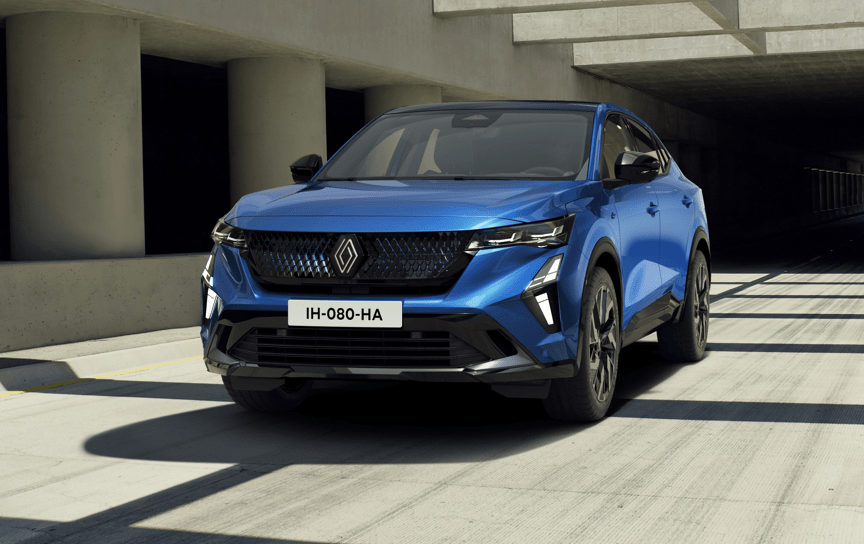
The Renault Rafale is the latest in a series of new launches and generations unveiled by the French carmaker, but can it carve its place amongst the increasing range? Autovista Group experts analyse the model with Autovista24 special content editor Phil Curry.
Renault is rapidly expanding its line-up, with several SUVs now on offer. The Rafale, therefore, needs to stand out, or risks being swallowed up by its stablemates.
The carmaker has provided its latest model with a coupé-esque silhouette, wide stance, and longer body to help it do just that. It has a markedly more premium feel as well. It presents an exterior design that takes Renault’s current philosophy, which helps add slightly more aggression.
Autovista24’s latest Launch Report benchmarks the Renault Rafale against its key rivals in France, Spain and the UK. There is a detailed analysis of its strengths, weaknesses, opportunities and threats. New price points are also outlined alongside forecast residual values.
All the angles
The Renault Rafale embodies the trend of coupé-SUVs. It has an aggressive design, in keeping with the French carmaker’s current philosophy, one that is also seen on the new Espace, Austral and the Renault 5.
It features a wide stance that implies strength and performance. This is created by a menacing front end thanks to narrow LED headlights and a tall, wide grill. There are a variety of angles around the bumper, perhaps too many, although these help the aerodynamics by channelling air around the vehicle.
The coupé feel is adopted by a roofline that sweeps low towards the back. This gives it a sporty look, especially impressive for a big vehicle. The angles continue into the side profile, as the car makes the most of its imposing stance and aerodynamic prowess. The coupé look is also helped by a larger rear overhang, which increases the Rafale’s length to 4.7-metres, on its 2.7-metre wheelbase.
Interior in keeping
The interior of the Renault Rafale is spacious, thanks to the car’s generous dimensions. It also has a premium feel, although it lacks character. The high centre console is large, featuring a dual-door large storage cubby and a sliding tray with an aircraft throttle-style handle.
There are two 12-inch digital screens, one for the infotainment system and certain vehicle controls, and the other behind the steering wheel for driver information. These displays curve around the driver, making it easier to access controls. However, this is not enough to prevent front-seat passengers from accessing the vertical infotainment screen.
Unlike many modern cars, however, there are many physical buttons in the cockpit, allowing for instant access to climate controls, audio volume and more. Detailed vehicle settings, such as driving modes and safety-system controls, are housed within menus on the touchscreen itself. The infotainment system is controlled by Google Assistant, allowing for impressive functionality.
In the rear, passengers benefit from plenty of space, even with the sloping roofline. This is in part thanks to the larger rear overhang, which takes much of the gradient to aid the style without impacting headroom. The wide stance also allows for three adults to sit comfortably in the rear, while there is an armrest with built-in tablet and phone support.
All passengers will benefit from the innovative Solarbay panoramic roof, which opacifies to provide shade in bright conditions.
The boot is practical, with 535 litres easily able to take around four large suitcases. The flat floor also makes loading and unloading easier, with an additional 112 litres beneath this.
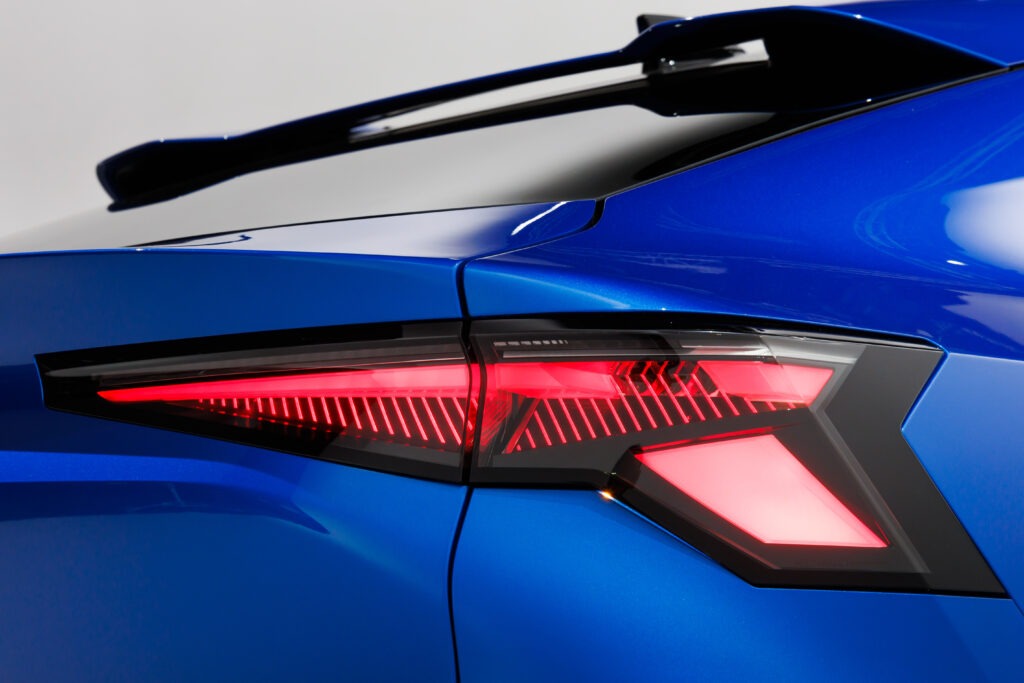
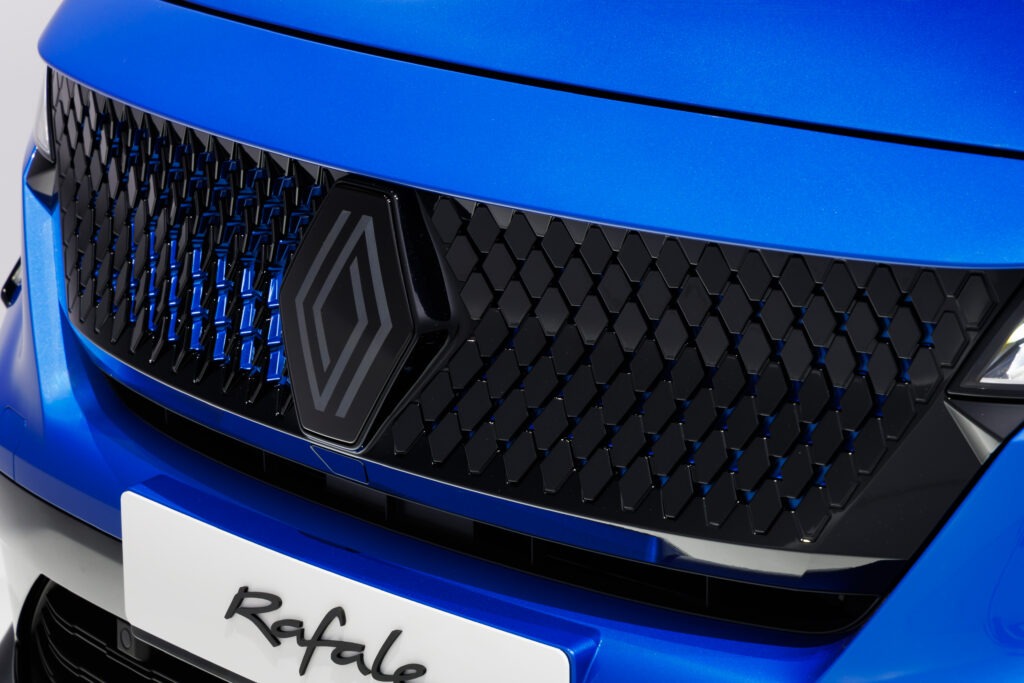


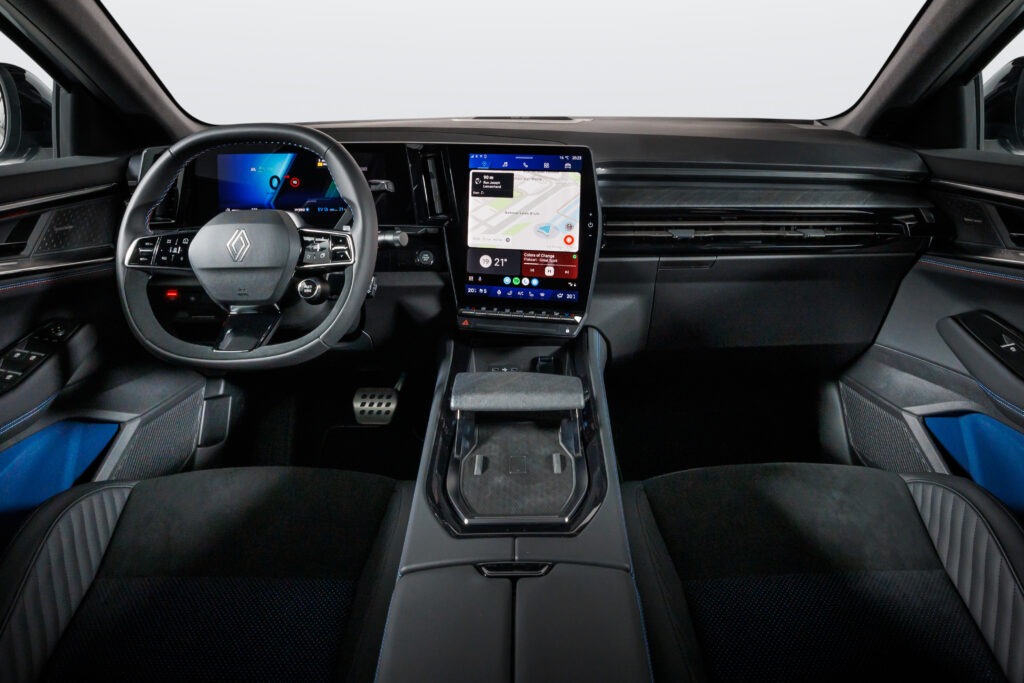
Performance
The Renault Rafale has been launched with a 1.2-litre full-hybrid powertrain, providing 200hp. However, this does not provide as sporty a performance as the style of the car would suggest. The acceleration is slow, noticeable when overtaking on faster roads, and the automatic gearbox can be slightly sluggish at times. There is also notable road noise at faster speeds when the petrol engine is in use.
Furthermore, the braking is not as sharp as competitors. There is a slight lack of correlation between the driver input and the braking force, which can take some getting used to.
The handling, however, is strong. The wider stance helps to keep the car more planted to the road at speed and reduces body roll when cornering. This is also aided by a rear-steering setup, with the back axle turning up to five degrees at low speed to improve agility and reduce the turning circle.
Overall, the Renault Rafale is a good addition to the French carmaker’s expanding line-up, providing a different style that will appeal to drivers, and a premium feel that will back up their choice.
View the Autovista Group dashboard, which benchmarks the Renault Rafale in France, Spain and the UK. The interactive dashboard presents new prices, forecast residual values, and SWOT (strengths, weaknesses, opportunities, and threats) analysis.
